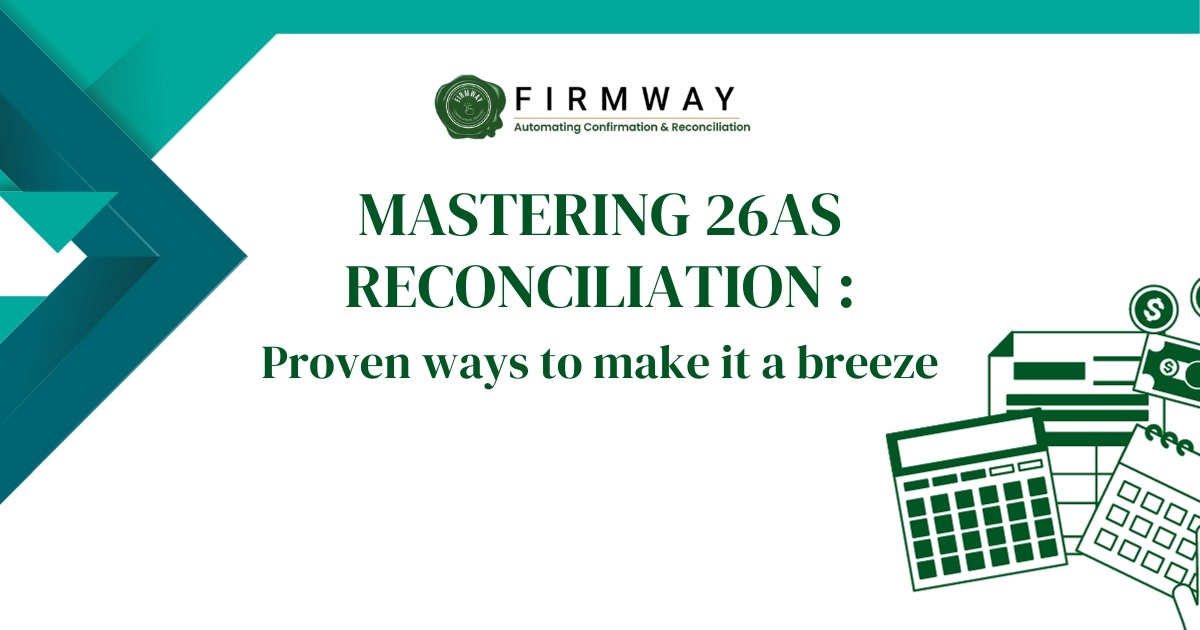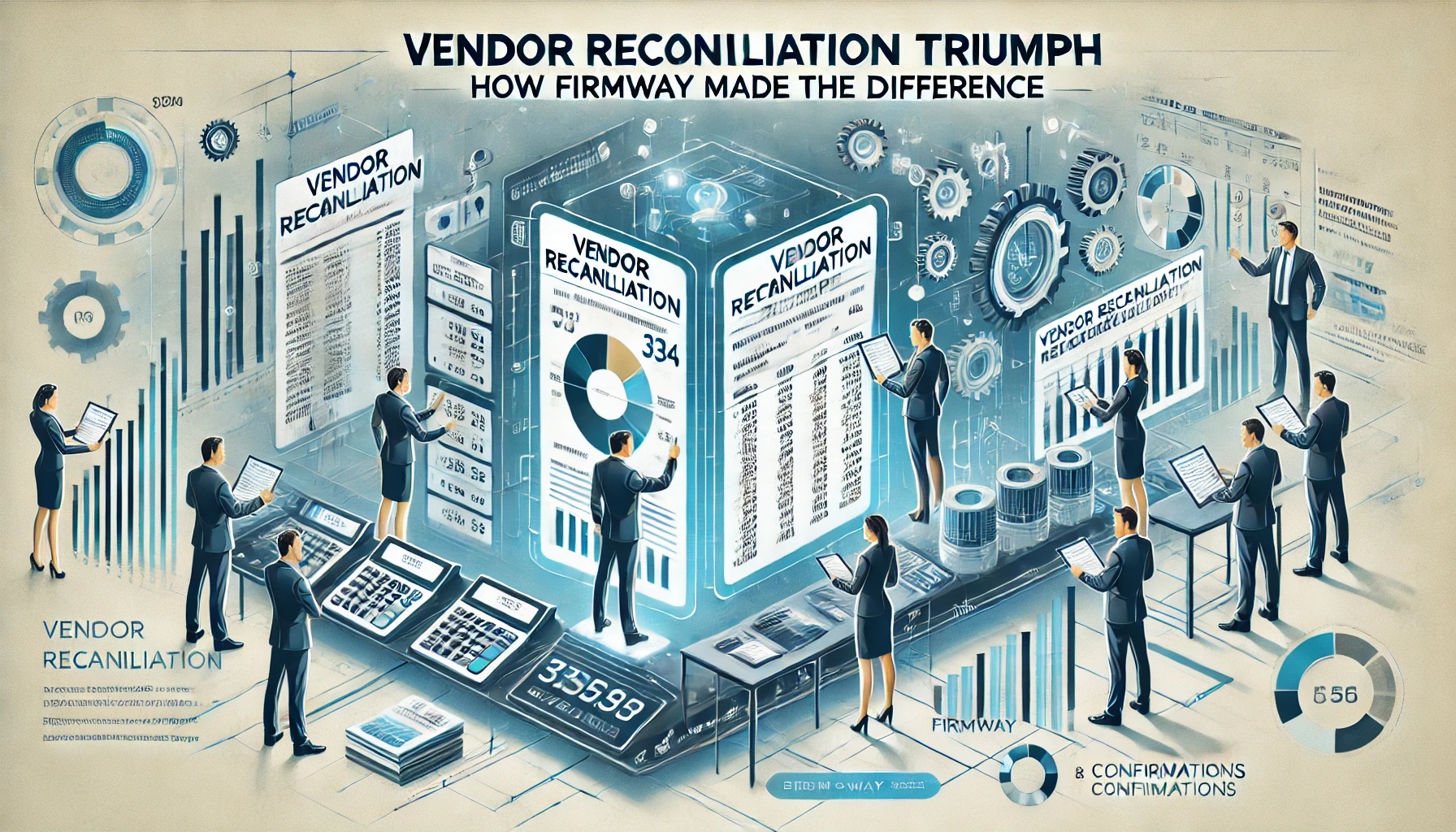Understanding the Need for Mastering 26AS Reconciliation
In recent years, tax laws has experienced significant changes. The authorities take many actions to guarantee that taxpayers properly report all transactions to the Income Tax Department. Mastering 26AS Reconciliation is crucial amid these changes. Department (IT Department). With the help of this information, the IT Department will be able to analyze and catch hold of tax evaders.
Decoding Section 194Q: Mastering 26AS Reconciliation Amidst TDS On Goods
One such change is the introduction of Tax Deducted at Source (TDS) on the purchase of goods vide Section 194Q of the Income Tax Act (IT Act). The introduction of the same has resulted in flooding of the TDS entries in Form 26AS. It is a form that captures details of the TDS deducted and reported for a particular Taxpayer.
Further, the IT Department relies on this form before allowing the TDS refund or adjustment of TDS against Income Tax liabilities. Therefore, it has indirectly become mandatory on the part of the Taxpayer to ensure that the Deductor has reported all the TDS in its Form 26AS. However, to identify the same one needs to first identify the Deductor who has not reported the same. Therefore, it has become necessary to reconcile Form 26AS.
However, Reconcile with what other data source?? There are two options 1) TDS ledger and 2) Sales Register. Let’s try to understand how each of these ways works and which one to select for your organization.
1) 26AS v/s TDS Ledger (Approach 1)
In this way, Form 26AS of Taxpayer is reconciled with the TDS receivable ledger maintained by the Taxpayer. This is a direct approach where we are comparing two different data sets capturing the same information.
2) 26AS v/s Sales Register (Approach 2)
In this way, Form 26AS is compared with what TDS should have been deducted for each and every sales line item. Assuming that the Tax Deductor has diligently deducted the TDS, this is an indirect way.
Both approaches have their benefits and drawbacks, so organizations should choose the one that best suits their needs. Below are the areas which one should consider before choosing the approach:
A) Timing of booking of TDS receivable
Most organizations record TDS Receivable at the moment of payment receipt. So, while completing reconciliation, there will be a date discrepancy, and in the scenario where there are ‘000s of line items, which can be difficult to resolve when using Approach 1. However, if payment and invoice connection is available, Approach 1 becomes much easier to execute.
If the organization books TDS Receivable on an ad hoc basis, it shall opt for Approach 2, provided all the other details are available.
B) Reporting pattern of Tax Deductor
Are the Tax Deductor reporting based on the actual date or are they either putting the date of the end of the month or the end of the quarter? Accordingly, one shall select the approach of reconciliation. If the Tax Deductor is clubbing the amount for the quarter or month and just reporting a single line item then in that case just a TAN level month-wise or quarter-wise reconciliation will suffice.
C) Availability of TDS rate for each sales line item
Approach 2 is possible only when one has proper records of the TDS rate applicable on each sales invoice or each line item of the sales invoice. In many cases, when billing services and goods in a single invoice, each line item of the invoice will have a different TDS rate.
Hence, it is crucial to exercise precision when choosing an approach. Selecting the wrong method can elongate the activity and potentially result in repetition.
Future-Proofing Your Finances: Mastering 26AS Reconciliation for Long-Term Compliance
Organizations can also evaluate various software which are available to automate 26AS reconciliation. One such solution is provided by Firmway. Firmway’s 26AS reconciliation software provides both the approach as mentioned above. Moreover, it also provides the option of line level as well as TAN level reconciliation. To know more about Firmway’s 26AS Reconciliation Click here.






